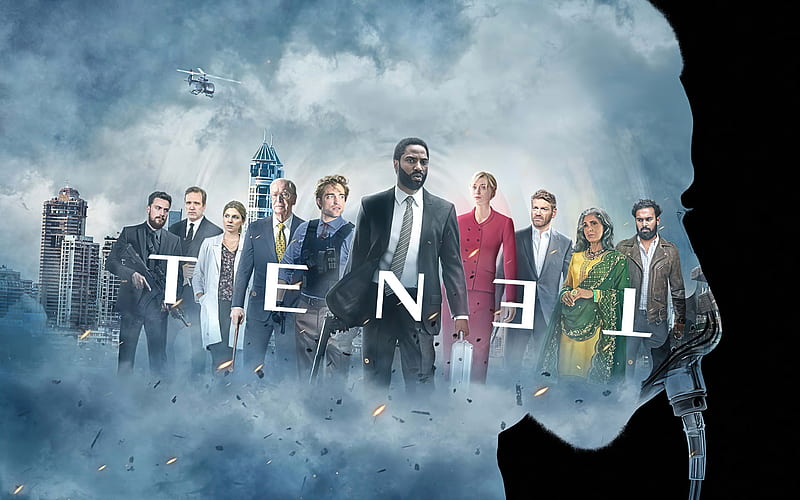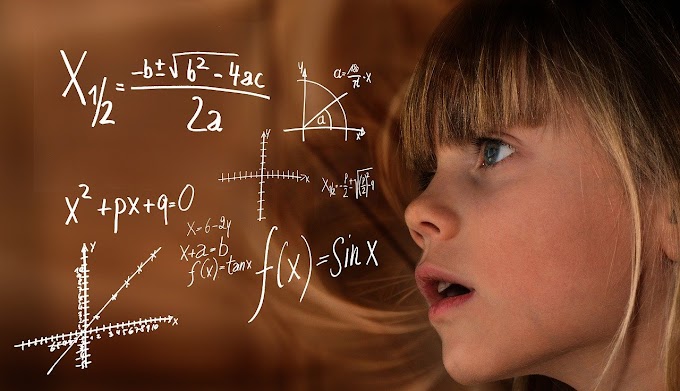Decoding the Time Inversion Concept in Tenet: 2020
Tenet is a 2020 science fiction movie that explores the concept of time inversion, where events happen backward in time. The movie is directed by Christopher Nolan and stars John David Washington, Robert Pattinson, and Elizabeth Debicki. The movie has been praised for its innovative use of time inversion and its mind-bending plot. In this technical blog post, we will delve into the scientific concepts explored in the movie and discuss their relation to real-life physics.
The concept of time inversion explored in Tenet is a theoretical concept in physics that suggests time can move backward as well as forward. While the concept is purely theoretical and has not been proven in real-life physics, it has been explored in various scientific papers and research. The movie takes this concept and explores its implications in a mind-bending plot where the protagonist must navigate through time to stop a dangerous plot.
The movie also explores the concept of entropy, which is a fundamental concept in physics. Entropy is the measure of disorder in a system, and it increases with time. In the movie, the concept of entropy is explored as the protagonist travels through time, and the world becomes more disordered with each passing moment.
One of the most intriguing aspects of the movie is the use of the grandfather paradox. The grandfather paradox is a paradox in physics that suggests that if a time traveler were to go back in time and kill their grandfather before they had children, then the time traveler would never have been born. The movie explores this paradox in a unique way, where the protagonist's actions in the past affect the present and the future.
The central plot of the movie revolves around a secret organization called Tenet, which is trying to prevent the collapse of the world. The protagonist is recruited into the organization and discovers that a Russian oligarch named Andrei Sator is planning to start World War III using a technology that can invert time. The protagonist must travel through time and across the globe to stop Sator and prevent the catastrophic event from happening.
The movie has been praised for its innovative use of time inversion and its mind-bending plot. However, some critics have criticized the movie for its confusing plot and the lack of character development. Despite these criticisms, the movie is a must-watch for anyone interested in science fiction and complex concepts.
The movie's use of time inversion has been compared to real-life physics concepts such as quantum mechanics and the theory of relativity. Quantum mechanics is a branch of physics that studies the behavior of matter and energy on the smallest scale, such as atoms and subatomic particles. The movie's use of time inversion can be seen as an analogy for the concept of quantum mechanics, where particles can exist in multiple states at the same time.
The theory of relativity, developed by Albert Einstein, is another physics concept that has been compared to the movie's use of time inversion. The theory of relativity suggests that time is relative to the observer and can be affected by gravity and velocity. The movie's use of time inversion can be seen as an analogy for the theory of relativity, where time can be manipulated by gravity and velocity.
 |
| Decoding the Time Inversion Concept in Tenet: 2020 |
The movie's exploration of entropy has also been compared to real-life physics concepts. Entropy is a fundamental concept in thermodynamics, which is the study of heat and energy. The second law of thermodynamics suggests that the total entropy of a closed system always increases with time. The movie's exploration of entropy can be seen as an analogy for the second law of thermodynamics, where the world becomes more disordered with each passing moment.



